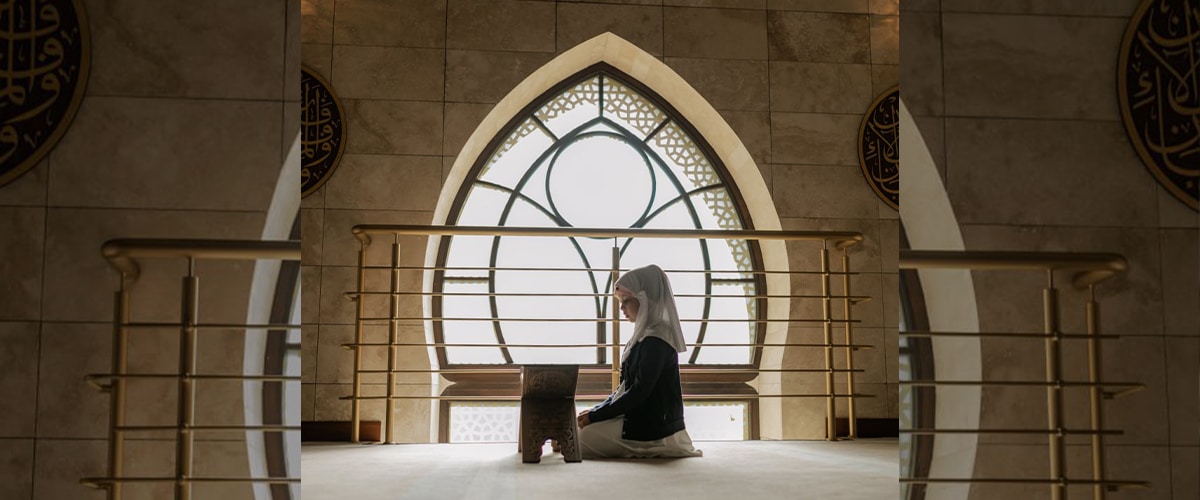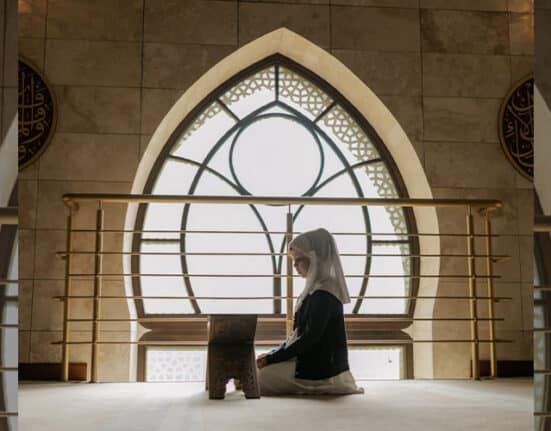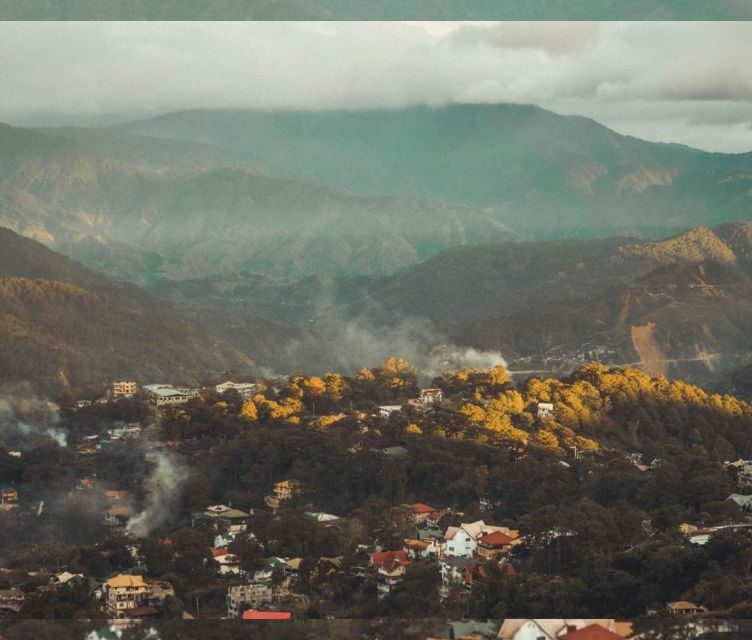WHENEVER we talk about Ramadan, we often associate it with fasting; however, celebrating the holy event is so much more than the idea of having to abstain from food.
For Muslims, Ramadan is considered the most sacred month of the year as this aims for them to grow spiritually and build stronger relationships with Allah.
They observe this through the practice of praying, reciting the Quran, abstaining from lying, gossiping, and fighting, and lastly, by making selfless actions.
Fasting between sunrise and sunset is obligatory for all who have reached puberty–however, exceptions are applied to those who are ill, elderly, pregnant, traveling, and menstruating.
When and how long is it celebrated?
Ramadan takes place in the 9th month of the Islamic calendar which is based on a 12-month lunar year.
Compared to the solar calendar which has approximately 365 days, the lunar calendar is 11 days shorter—making it 354 days instead of the norm that we’re most familiar with.
It takes 33 solar years for a Lunar to complete a cycle and return. The month of Ramadan traditionally begins and ends based on the new moon sightings.
For this year’s Ramadan, Ramadan is expected to last for 30 days with the fasting starting from March 11 and predicted to end on April 9.
Why Muslims fast
During this sacred event—the prominent activity known to be practiced among Muslims is fasting. During Ramadan, fasting is done with the intention of practicing self-restraint, generosity, and to obtain piety.
Depending on the moon sighting, fasting usually lasts for 29 to 30 days. During the fasting, Muslims abstain themselves from drinks and food each day from sunrise to sunset.
Fasting is a form of worship where it brings closeness to God. This also serves as a form of spiritual discipline and to empathize with those who are less fortunate.
Meanwhile, if you aren’t able to fast during Ramadan—you’ll be required to compensate in charitable form.
Prayers
During Ramadan, many Muslims goes to the mosque. From there, they spend several hours of praying along with the five daily prayers that are part of the core of Islam.
Muslims also recite a special prayer called “Tarawih prayer,” also known as “night prayer.”
Once Ramadan reached its 27th day in the evening, Muslims would observe a special night called “Layat al-Qadr.” This is sometimes referred to as “The Night of Power,” relating to the belief that Muhammad first received the Holy Quran during this night.
Eid al-Fitr
Once Ramadan reaches its end, it is followed by Eid al-Fitr.
Eid al-Fitr serves as a celebration of breaking the fast. During this, it is commemorated by a large community-wide prayer that later follows with families and friends gathered in festive meals along with exchanging gifts.
Meanwhile, special gifts are also given to the less fortunate.
Eid al-Fitr is a commemoration amongst Muslim to show their gratitude to allah after reflecting and fasting during Ramadan.
How useful was this post?
Click on a star to rate it!
Average rating 0 / 5. Vote count: 0
No votes so far! Be the first to rate this post.
We are sorry that this post was not useful for you!
Let us improve this post!
Tell us how we can improve this post?







